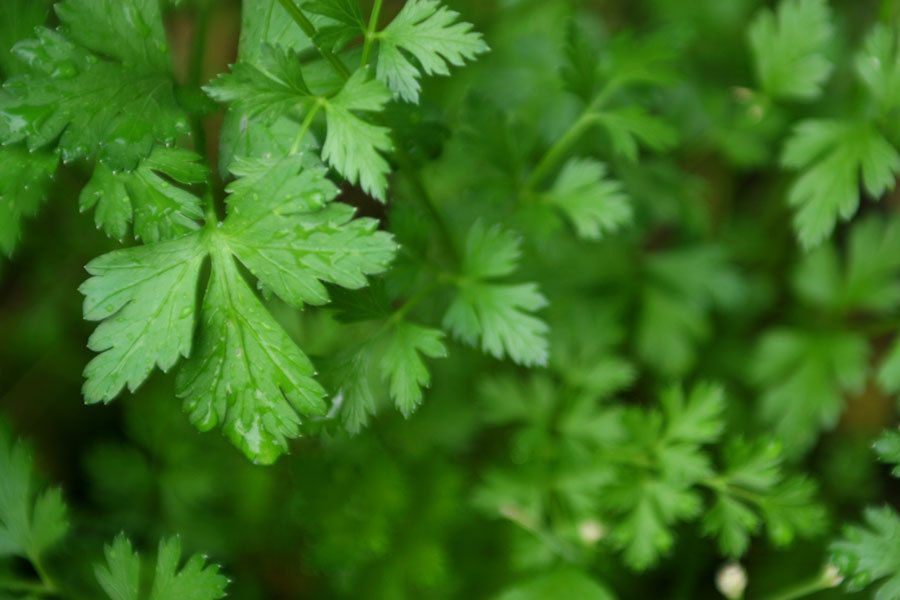
Backyard Garden Grower
Plan, grow, work, watch, and eat

Light photons (the lightning bolt) travels into the chloroplast until it hits the photosystems. These are embedded in the membrane of the thykaloids. The green dots you see are pigment molecules. They help capture the energy from the photon, and then pass it along through a very complex mechanism dubbed resonance energy transfer. Eventually a photon may make its way to the center of the photosystem, where it will then cause a reaction.

As you recall from the sections on leaves, the above picture to the left is the plant cell containing thylakoids. The picture to the right is the membrane of the thylakoid, with the inside being the below and the outside above the picture. In other words, the bottom of the picture on the right is the dark green area inside the thylakoids on the left, and the top of the picture on the right would be the light green area (stroma) in the picture on the left. This is important. Notice how the light comes into the plants and strikes photosystem 2 (PSII) first. It is named this way because researchers discovered this photosystem after the other photosystem. The light energy eventually gets to the reaction center in the photosystem and provides the energy to split a water molecule. The splitting of water is absolutely essential to this process. It is here you also see why plants make oxygen, it's a byproduct of splitting water to make oxygen and hydrogen ions. This frees up an electron which can then do some work as it has energy. It will be passed along to various molecules until it reaches photosystem 1. Here the same process occurs as before with light hitting the photosystem and giving energy to the electron. This electron will then end up being used to create a bond between a hydrogen ion and NADP+ to create NADPH. Notice that when water is split, and also as the electron moves from photosystem 2 to photosystem 1 a hydrogen gets moved to inside the thylakoid. This is useful because it will then naturally want to flow out of the thylakoid and into the stroma. ATP synthase allows the hydrogen to do this, but it makes hydrogen "turn it's propeller" basically which creates the oppurtunity for ADP and inorganic phosphate to be joined, and make ATP. So overall you split a water, move electrons around and make some ATP and NADPH. The ATP and NADPH will now be used in a different set of reactions.